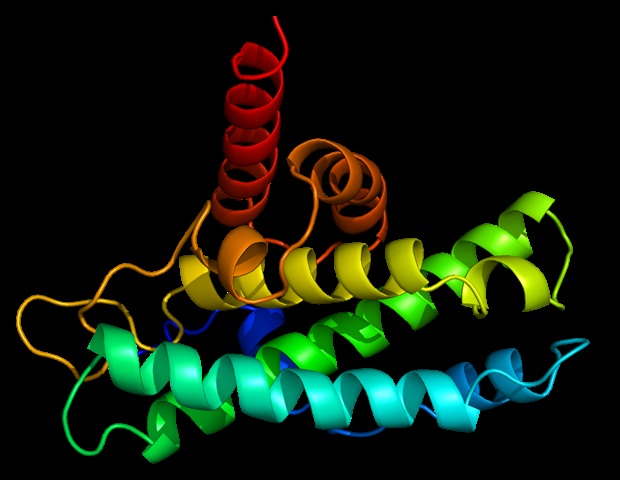
A study entitled “IER3IP1-mutations cause microcephaly by selective inhibition of ER-Golgi transport”, now published in the open access journal “Cellular and Molecular Life Sciences”, provides new insights into the molecular causes of a rare and usually fatal hereditary disease called MEDS1. The disease is characterized by microcephaly (a head that is too small with a simplified brain pattern), epilepsy and diabetes. Affected children usually die at an early age. The underlying cause is mutations in the IER3IP1 gene, which codes for a small protein in the membrane of the endoplasmic reticulum (ER). This protein plays a crucial role in the transport of molecules between the ER and the Golgi apparatus.
The results of the study show for the first time that the absence of IER3IP1 or its mutation causes defective transport of certain proteins that are essential for the development and survival of nerve cells. Furthermore, the absence of IER3IP1 leads to an expansion of the ER membranes and increased lysosome activity. In addition, the scientists led by research group leader Dr. Christoph Kaether found that the transport of certain sorting proteins, ERGIC53 and the KDEL receptor 2, is disrupted, which leads to defective secretion of ER proteins – an aspect that was not previously associated with IER3IP1.
New findings for basic research
The Jena researchers’ findings are particularly relevant for basic research and expand our understanding of brain development. Although MEDS1 is a very rare disease and the results do not yet offer any direct therapeutic approaches, they open up new possibilities for research into similar mechanisms. Of particular interest here is the parallel to a related protein, YIPF5, which performs similar functions and whose mutation can cause a very similar disease. The knowledge gained could therefore also be of significance for other neurobiological projects.
Challenges and new technological approaches
“The elucidation of these complex relationships was extremely challenging, especially from a technical perspective,” says Dr. Kaether. However, advances in proteomics and cell surface analysis have enabled the team to measure the subtle differences in protein transport and the specific changes in cell structure caused by the absence of IER3IP1.
Potential approaches for future therapies
Although the results of this study primarily contribute to basic research, they also provide starting points for potential therapeutic strategies against similar diseases. These include approaches such as the targeted correction of protein transport, modulation of the ER stress response or gene therapy.
Source:
Journal reference:
Anitei, M., et al. (2024). IER3IP1-mutations cause microcephaly by selective inhibition of ER-Golgi transport. Cellular and Molecular Life Sciences. doi.org/10.1007/s00018-024-05386-x.




